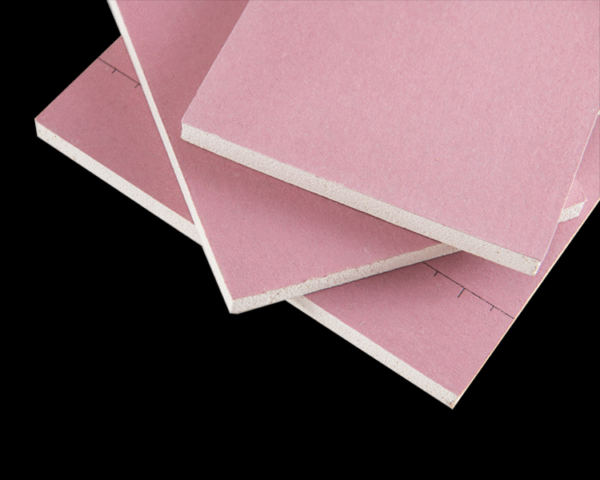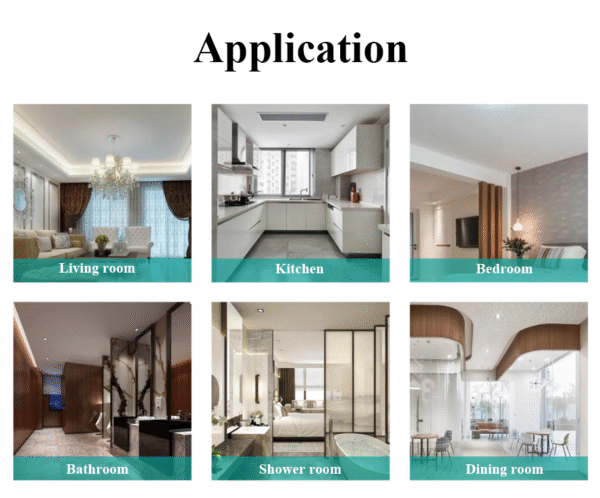How to Choose the Right Gypsum Board for Interior Walls
When building or renovating interior spaces, choosing the right gypsum board is essential for achieving both strength and style. Also known as drywall or plasterboard, gypsum boards are widely used for interior walls and ceilings due to their smooth surface, easy installation, and cost efficiency.
However, not all gypsum boards are the same — each type is designed for a specific environment and performance requirement.
In this article, we’ll guide you through how to choose the right gypsum board for your project.
1.Understand the Basic Types of Gypsum Board
Standard Gypsum Board
Suitable for living rooms, interior walls, bedrooms, and offices.
Provides a smooth surface for painting or wallpapering.
Economical and easy to install.

Moisture-Resistant Gypsum Board
Ideal for bathrooms, kitchens, and basements.
Contains hydrophobic additives that reduce water absorption.
Prevents mold growth and board swelling in humid environments.

Fire-Resistant Gypsum Board
Reinforced with glass fibers to withstand high temperatures.
Recommended for commercial buildings, kitchens, and corridors.

High-Strength Gypsum Board
Made with high-density cores and eco-friendly surface paper.
Suitable for areas with frequent impact or heavy fixtures.
Offers enhanced durability and crack resistance.

2.Consider the Environmental Conditions
When choosing gypsum boards for interior walls, think about the climate and humidity of the location:
In tropical or coastal regions, use moisture-resistant or PVC-laminated boards.
In dry or air-conditioned spaces, standard gypsum boards are usually sufficient.
For high-traffic commercial areas, impact-resistant or double-layer boards are more durable.
3. Check Material Quality and Certifications
High-quality gypsum boards typically feature:
Eco-friendly desulfurized gypsum core (reduces emissions, more durable).
High-strength surface paper with hydrophobic coating.
Compliance with international standards such as GB/T 9775, ASTM C1396, or EN 520.
👉 Tip: Always check the board density (≥700 kg/m³) and fire rating (A1 non-combustible) when sourcing from suppliers.
4. Match the Right Thickness to Your Project
A thicker board offers better sound insulation and structural strength, while thinner panels are easier to install for ceilings or light partitions.
5. Think About Installation and Maintenance
Ease of installation can save time and labor costs. Choose boards that:
They are lightweight and easy to cut.
Work with standard metal framing systems or ceiling grids.
Have tapered edges for easy joint finishing.
For long-term maintenance, look for boards with anti-crack and anti-mold properties, especially in regions with high humidity.

6. Recommended Application Areas
Living rooms and bedrooms — smooth surface and easy decoration.
Bathrooms, kitchens, and shower rooms — use moisture-proof boards.
Offices and restaurants — choose fire-resistant and sound-insulated types.
Renovation projects — lightweight boards allow fast and clean installation.

Why Choose Fomarine Gypsum Boards?
Fomarine offers a complete range of eco-friendly, moisture-proof, and crack-resistant gypsum boards for interior walls and ceilings.
Our products are used:High-purity desulfurized gypsum cores.
Reinforced glass fibers and water-repellent agents
Premium eco surface paper with hydrophobic coating
With superior strength, easy installation, and excellent environmental performance, Fomarine gypsum boards are trusted by contractors across Asia, the Middle East, and Africa. Contact us today for professional advice and competitive pricing.
